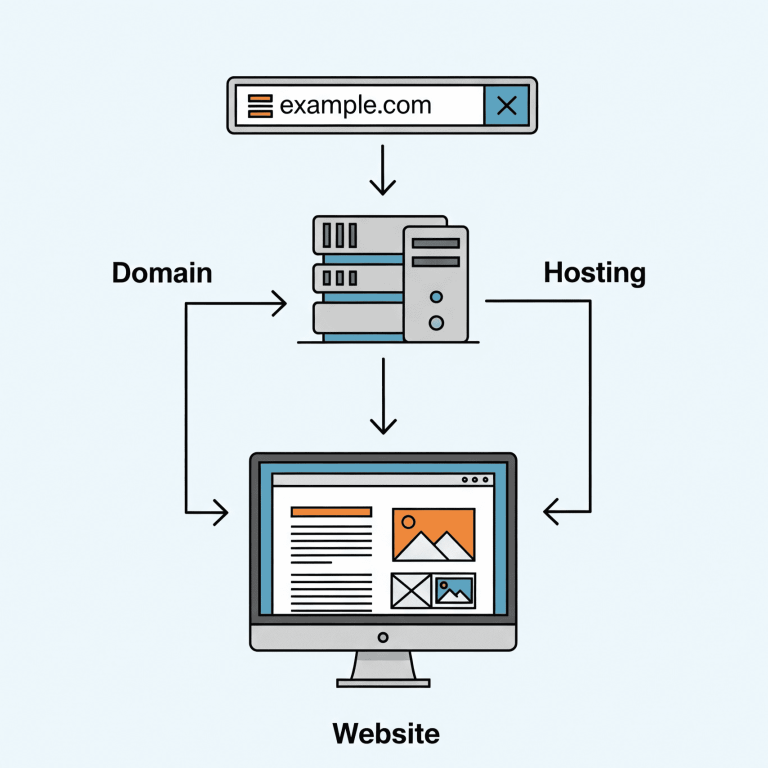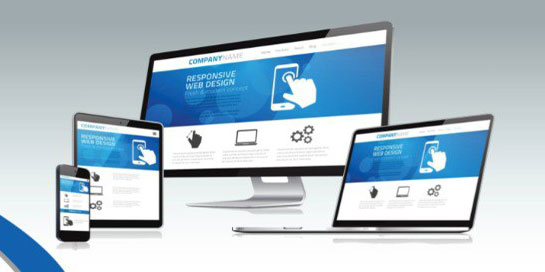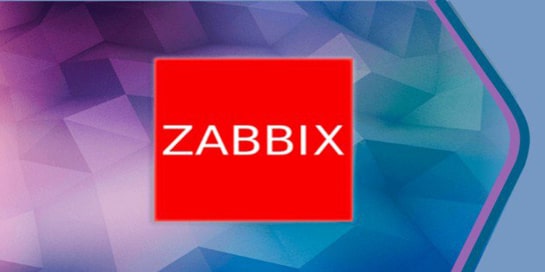
Introduction
To create a website, a good idea is not enough — you need to understand the basic technical aspects. The words domain, hosting, and website are often used together, but not everyone understands how they differ. In this article, we explain in simple terms what each of these terms means, how they work together, and where to start if you are a beginner.
What is a domain?
A domain name is a website address on the internet. It is what users type into their browser, for example: mywebsite.com.
How does it work?
In reality, every website has an IP address, which is a complex combination of numbers. A domain simplifies access by replacing this address with a meaningful name.
Example:
- example.com is the main domain.
- blog.example.com is a subdomain for a blog or section of the website.
Key words: domain, hosting, and website
What is hosting?
Hosting is online space where website files are physically stored: HTML code, images, databases, etc. Hosting is provided by special providers who ensure round-the-clock availability of the website.
Roughly speaking, if a domain is an address, then hosting is the house where your website “lives.”
The main types of hosting:
- Virtual (shared) — suitable for blogs, landing pages, and small websites.
- VPS/VDS — for projects with increased load.
- Cloud — a scalable and flexible option for businesses.
What is a website?
A website is a set of pages connected to each other structurally and functionally. It consists of:
- design (interface);
- content (text, photos, videos);
- functionality (feedback form, shopping cart, etc.).
A website exists thanks to a domain (address) and hosting (file storage). Without these two components, no page will be accessible to users.
How does it all work together?
When a user enters a domain in their browser:
- DNS servers determine the IP address of the website.
- The request is sent to the server (hosting).
- The web server returns the website files.
- The user sees the page in their browser.
Schematically:
Component | Description | Role |
Domain | Website URL | Access to the resource |
Hosting | Server storage | File storage |
Website | Content and code | Interface for visitors |
Where to start creating a website?
- Choose a domain — preferably short, easy to remember, and relevant to your topic.
- Purchase hosting — virtual (shared) hosting is suitable for getting started.
- Install a CMS — for example, WordPress, for easy content management.
- Fill the website — add pages, texts, photos.
Where can I purchase a domain and hosting?
If you are looking for a reliable place to launch your website, check out CUBE HOST.
Here you can register a domain and purchase hosting in just a few minutes.
The company offers:
- High-speed SSD hosting;
- 24/7 support in Ukrainian;
- Automatic CMS installation via Softaculous;
- Affordable rates for blogs, business card websites, and online stores.
Conclusions
- A domain, hosting, and website are the three main components of any online project.
- A domain allows you to find a website, hosting ensures its availability, and the website is what people see and use.
- Getting started is easy: just choose a domain, hosting, and a platform for creating content.
If you want to launch your own website, don’t put it off. Start small, and soon your resource will be available to the whole world.


